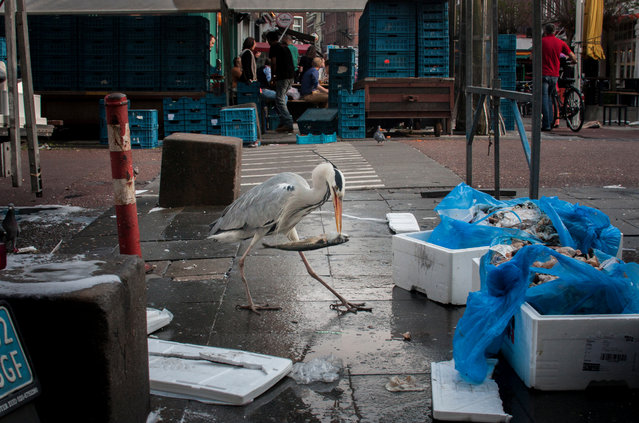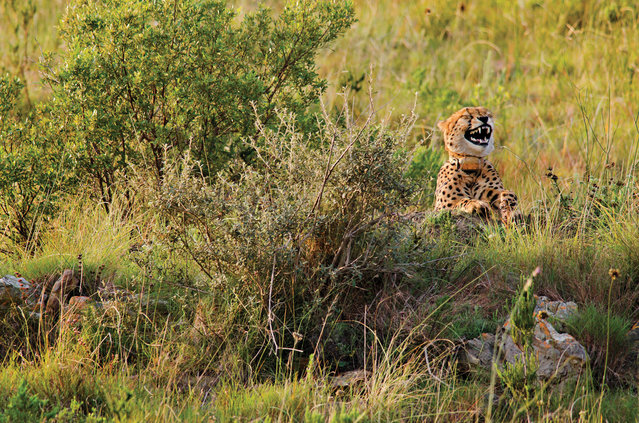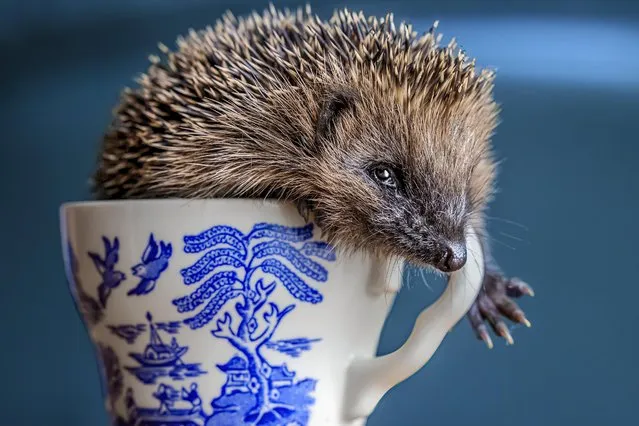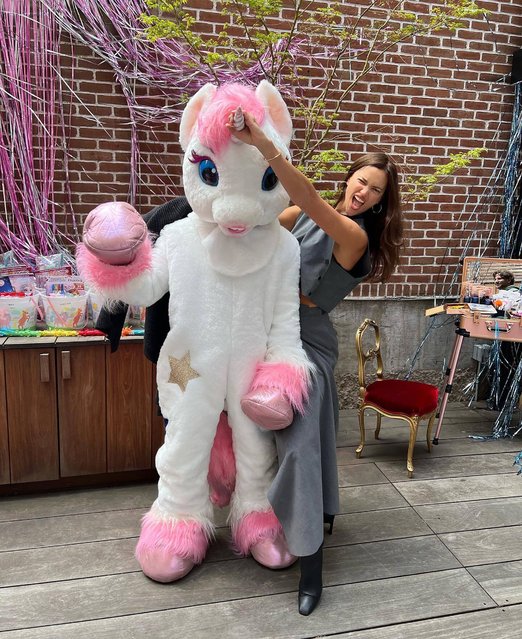
Models showcase Valentine's Day underwear celebrating the results of a recent survey revealing that men find the lingerie, boxer shorts and vests, the biggest turn on ahead of February 14 Valentine celebrations, at Waterloo on February 2, 2006 in London, England. (Photo by Gareth Cattermole/Getty Images)
19 Sep 2011 14:32:00,post received
0 comments







